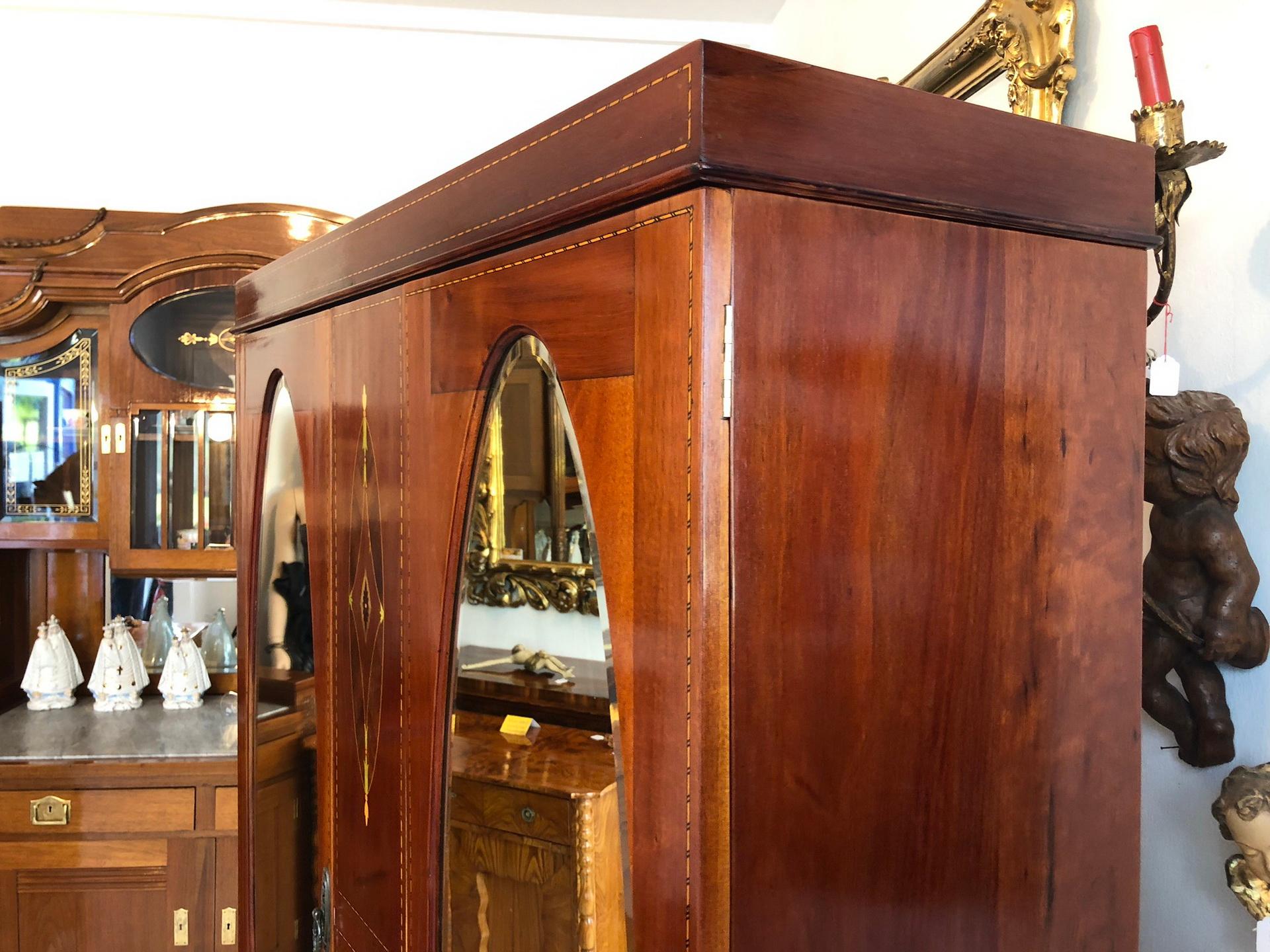
Carl Moll: An Influential Leader in the Viennese Secession Schonbrun by Carl Moll, around 1910, via Dorotheum Auction House, London His famous portrayal of Judith I, 1901, conveys the Biblical character drenched in indulgent layers of gold, with her head tilted back in seductive, triumphant defiance.Ģ. Klimt adored women throughout his long and prolific career, and his paintings were defined by powerful, enigmatic femme-fatales taken from history, mythology, and real life. Gustav Klimt was the undisputed founder of the Viennese Secession not only was he the group’s first elected president, but he also led the way with his radical visual art, blending striking Art Nouveau ornamentation with the flat, graphic patterns and flowing lines of Japanese art. Gustav Klimt’s Role in the Viennese Secession Judith I by Gustav Klimt, 1901, Collection of the Upper Belvedere Gallery, Vienna, via Sotheby’s, New York Page excerpts from Ver Sacrum, the Viennese Secessionists’ monthly publication that ran from 1889-1903, via Christie’sġ. At the center of the display was Klimt’s now world-renowned Beethoven Frieze, which paid tribute to Beethoven’s Ninth Symphony with a complex narrative sequence in the Art Nouveau style.

Perhaps the most famous was the Beethoven Exhibition in 1902, dedicated to the great composer Ludwig van Beethoven. In the eight years that followed, the group held 23 exhibitions in Olbrich’s Secession Building.

In 1898, the architect Josef Maria Olbrich designed The Wiener Secessionsgebäude ( Vienna Secession Building), a purpose-built pavilion, to house the group’s monumental exhibitions. They also broke down barriers between fine and applied arts by displaying artworks and utilitarian objects side-by-side. The Viennese Secessionists adopted the German concept of the Gesamtkunstwerk, or “total work of art,” where objects made by individual artists came together into a unified, collective whole. One of the group’s most radical breakthroughs was its approach to exhibition design. Vienna Secession Building by Josef Maria Olbrich, 1898, via Discover Germany Wagner claimed the ambition of the Viennese Secession was to “show the modern man his true face.” Together they were strongly influenced by avant-garde styles from Paris and Berlin, including Post-Impressionism, Japonisme, and Art Nouveau, working with flat bold color, graphic prints, intricate ornamentation, and sinuously flowing lines. This breakaway “secession” was a band of radical forward-looking artists led by the painter Gustav Klimt, along with other members including artists Josef Engelhart, Carl Moll, Koloman Moser, and Alfred Roller, as well as architects such as Josef Hoffmann, Otto Wagner, and Josef Maria Olbrich. The Viennese Secession was founded in 1897 as a reaction against the Viennese Artists’ Society, which was still steeped in the traditions of the past. A Brief History Of The Viennese Secession Art Movement Beethoven Frieze by Gustav Klimt, for the Viennese Secession’s Beethoven Exhibition, 1902, via Huffington Post


 0 kommentar(er)
0 kommentar(er)
